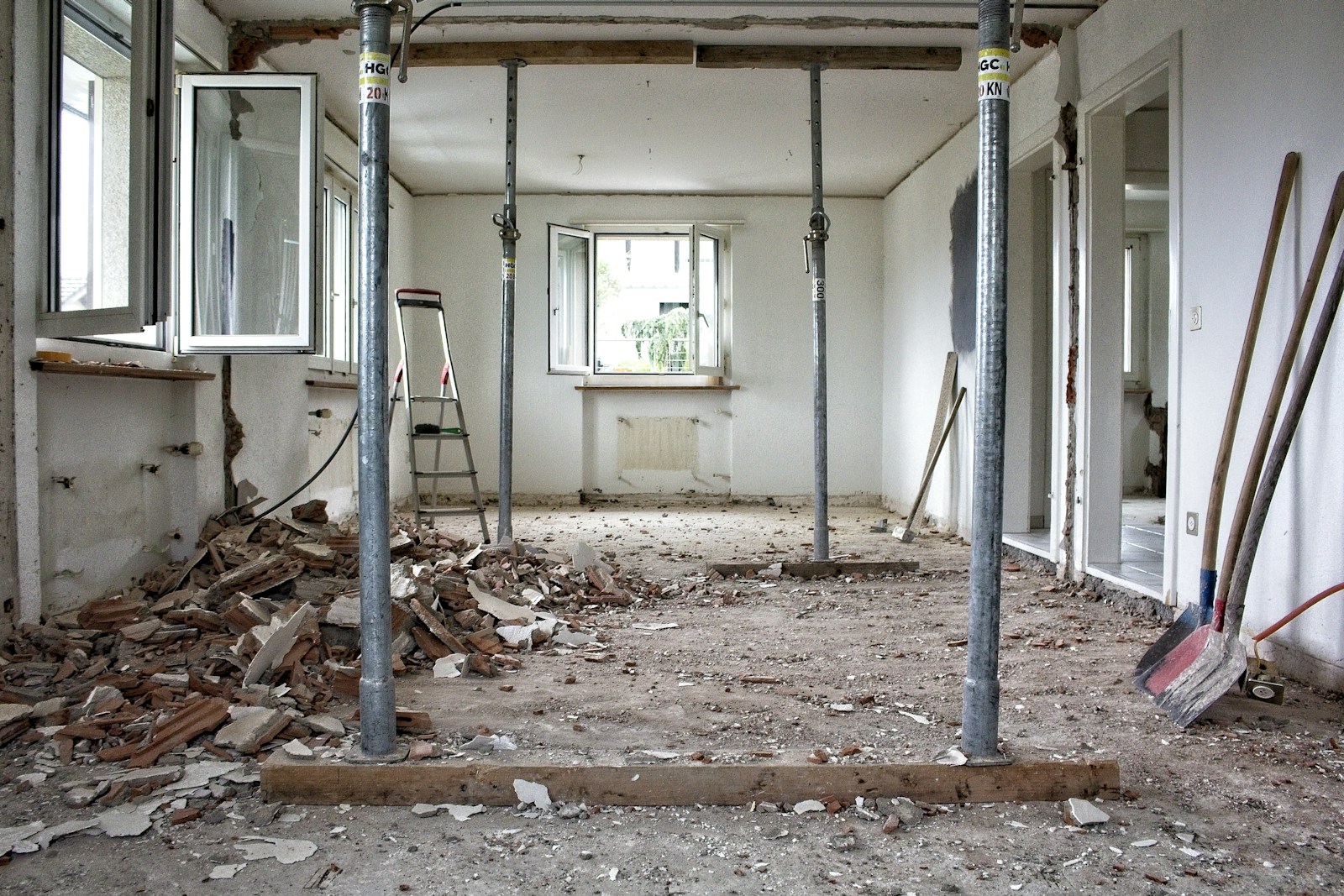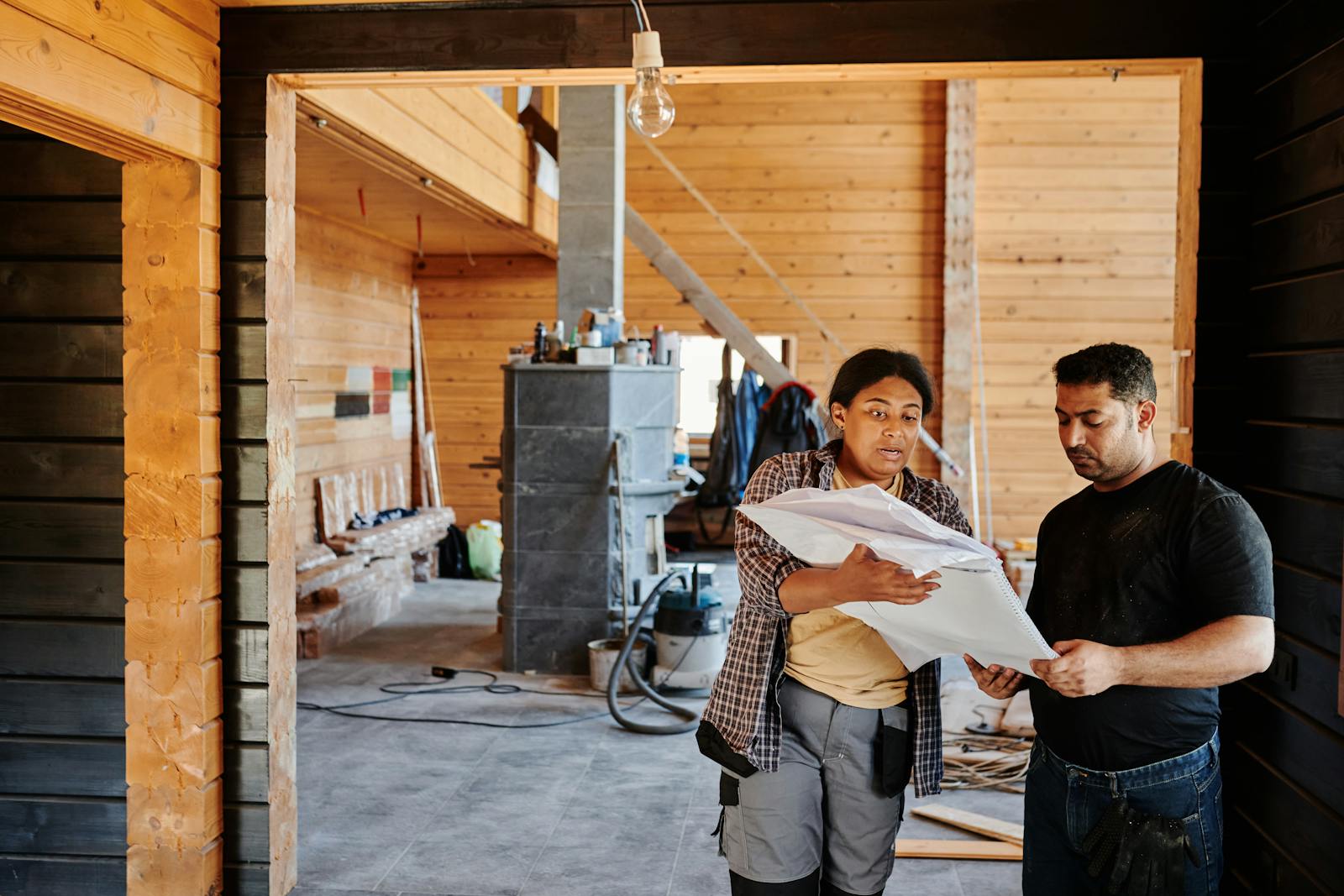
Home Renovations That Increase Property Value in 2025: The Best Upgrades to Consider
When it comes to increasing the value of your property, home renovations are one of the most effective strategies. Whether you're preparing to sell or just want to enhance the livability of your space, knowing which renovations provide the best return on investment (ROI) is crucial. As we step into 2025, the real estate market is evolving, and certain renovations are proving to offer greater value than others. At The Smallbone Team, we’ve compiled a list of the most cost-effective and impactful renovations to boost your home’s value.

1. Kitchen Renovations: A Modernized Heart of the Home
The kitchen is often considered the heart of a home, and for good reason—it’s where family meals are prepared, and gatherings take place. In 2025, upgrading your kitchen continues to be one of the most profitable renovations. A modern, functional kitchen with updated appliances, sleek countertops, and ample storage space is a huge draw for potential buyers.
Key Upgrades to Consider:
Energy-efficient appliances (dishwashers, refrigerators, stoves)
Quartz countertops for durability and style
New cabinetry or a fresh coat of paint
Updated backsplash with trendy materials like subway tiles or natural stone
Open shelving or creative storage solutions

2. Bathroom Remodel: Small Investment, Big Return
Bathrooms may be smaller spaces, but they pack a big punch when it comes to return on investment. In fact, bathroom renovations have long been known to provide some of the highest ROI in real estate. Modernizing a bathroom with sleek fixtures, new lighting, and water-saving technologies can make a significant difference in both comfort and home value.
Key Upgrades to Consider:
Walk-in showers with glass enclosures
Smart mirrors with built-in lighting and defogging features
High-efficiency toilets and faucets to reduce water bills
New flooring such as tile or luxury vinyl planks for a polished look
Updated vanities with modern finishes and additional storage

3. Curb Appeal Enhancements: First Impressions Matter
While it may not be a major "renovation," improving your home’s curb appeal is one of the most cost-effective ways to increase its market value. First impressions matter, and a well-maintained exterior with thoughtful landscaping can significantly impact your home’s appeal to prospective buyers.
Key Upgrades to Consider:
Fresh paint on the front door and trim
Landscaping improvements, including manicured lawns, flower beds, and trees
Outdoor lighting to highlight key features
Upgraded entryway with new hardware and a welcoming door
Driveway resurfacing or new pavers

4. Basement or Attic Conversion: Maximize Your Space
In today’s market, more homebuyers are looking for additional usable space. If you have an underutilized basement or attic, converting it into a living area can dramatically increase your property’s value. Whether you turn the space into an extra bedroom, home office, or entertainment room, this type of renovation offers impressive ROI, especially in areas where square footage is at a premium.
Key Upgrades to Consider:
Insulation and soundproofing to create a comfortable environment
Proper flooring like hardwood or high-quality carpeting
Bathroom addition if space allows
Smart storage solutions to optimize the space

5. Smart Home Technology: Future-Proof Your Property
As technology continues to evolve, so does the appeal of smart home features. Homes equipped with smart thermostats, lighting, security systems, and even voice-activated assistants are in high demand. Smart home technology not only makes living more convenient but also boosts your home’s value by positioning it as modern and energy-efficient.
Key Upgrades to Consider:
Smart thermostats like Nest or Ecobee for temperature control
Smart lighting systems that can be controlled remotely or via voice
Smart security systems with cameras, sensors, and smart locks
Home automation hubs that control multiple smart devices

6. Energy-Efficient Upgrades: Save Money and the Environment
As energy efficiency becomes a growing concern for homeowners, investing in energy-efficient renovations can enhance both your property’s value and its appeal to eco-conscious buyers. Green upgrades, such as new windows, insulation, and solar panels, can lower utility costs and contribute to a home’s long-term sustainability.
Key Upgrades to Consider:
Energy-efficient windows that reduce heat loss
Solar panel installation to generate renewable energy
Upgraded insulation for better climate control
Energy-efficient HVAC systems to reduce energy consumption
Low-flow plumbing fixtures to save water

7. Open Floor Plans: Spacious and Connected Living Areas
Open floor plans have become a hallmark of modern home design, providing a sense of space and connectivity throughout the home. By removing walls between the kitchen, dining, and living areas, you can create a bright and airy environment that appeals to a wide range of buyers.
Key Upgrades to Consider:
Removing non-structural walls to create a more open layout
Enhancing natural light with larger windows or skylights
Streamlined design with minimal walls and barriers between rooms

Conclusion: Renovate Smart, Not Hard
While there are countless ways to renovate your home, it’s essential to focus on upgrades that will yield the highest return on investment. By carefully selecting your projects—whether it’s a kitchen remodel, bathroom upgrade, or smart home integration—you can significantly increase your property value and attract more potential buyers.
If you’re considering renovations in 2025, The Smallbone Team is here to guide you. Our team of real estate experts can help you identify which improvements will offer the best ROI for your home, ensuring your investment pays off in the long run. Whether you're selling or simply want to enjoy a more updated home, we’ve got you covered.
Ready to boost your home’s value? Contact The Smallbone Team today and let us help you make the best renovation choices for your property!









































































